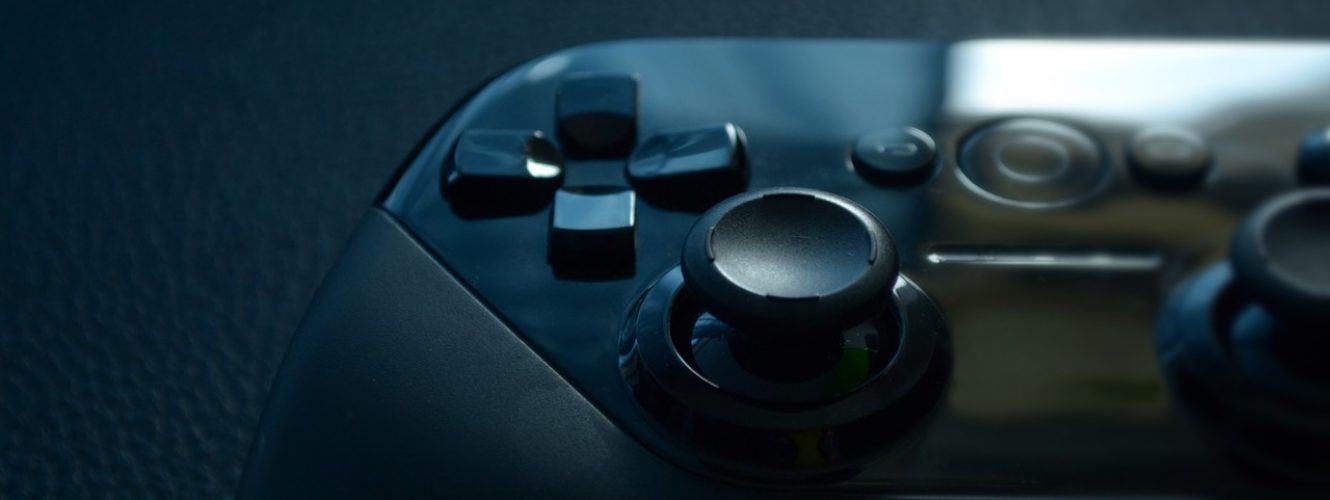Pemmican is a nutritious food that is made out of a mixture of concentrated protein and fat and it originates from indigenous food in the regions of North America. Pemmican is still a widely prepared and popular food even to this day as survival food, due to its long shelf life.
In Europe, pemmican was made popular due to its high-energy property, especially during the fur trade era. It later shot to fame when Antarctic and Arctic explorers, such as Richard E. Byrd, Roald Amundsen, Robert Falcon Scott, Ernest Shackleton and Fridtjof Nansen.
Ingredients To Make A Pemmican
Back in the old days, pemmican was made from anything that was available in the kitchen. However, the usual meat that was used came from, elk, deer, moose or bison, where saskatoon berries and cranberries were added at times for flavour and taste. There was also pemmican made especially for weddings and customary ceremonies where currants, cherries, chokeberries and blueberries were used.
Normally five pounds of meat is used to produce one pound of dried meat (or Pansawan in Cree), which is then pounded into small pieces and later to almost power-like form using nothing but stones. The pounded meat will then be added with fat in a 1:1 ratio and mixed thoroughly. It is after this concoction is made, that the said fruits can be added in. The pounded mixture will then be packed for storage in rawhide bags.
What Is The Shelf Life?
Its shelf life varies depending on the ingredients used, the way it is prepared and also not forgetting, the storage conditions as well. As a rule of thumb, you can generally, keep pemmican for one to five years at room temperature. But there are also stories where pemmican was consumed after a decade of storage in cool cellars. Want to know if that is true? Well, try it for yourself. Refrigerated or frozen pemmican however, will most probably exceed this.
How Is Pemmican Served?
A note in 1874 by Sergeant-Major Sam Steele, a North-West Mounted Police, recorded that pemmican was served in three different ways: fired, or more popularly known as rechaud in the west, raw or as a boiled stew they called rubaboo. Flour, water and if available, preserved potatoes and wild onions were the favourite add on.
From 1899 to 1902, during the Second Boer War, British soldiers were given food they called the iron ration. This ration was actually made out of sugar, and four ounces of chocolate and pemmican and it was more superior to biltong, which is considered sort of the pemmican of Africa, made of mainly cured meat.
Even to this day, pemmican remains as one of the most trusted survival food by preppers and survivalist throughout the world. An American adventurer named Frederick Russell Burnham, insisted pemmican to be carried by every Boy Scout, while he was still serving as Chief of Scouts in South Africa for the British army. That is the significance given to this ultimate survival food, everyone should have one in their BOB.







